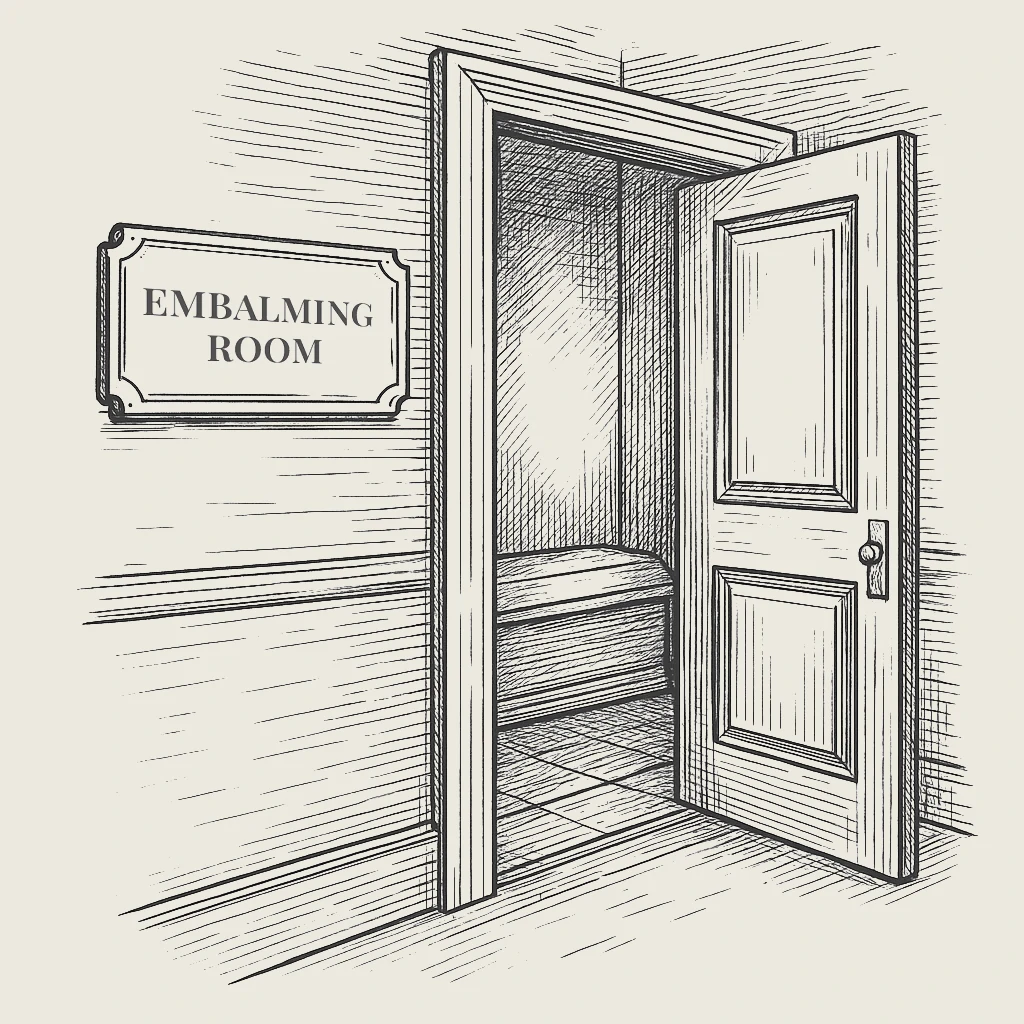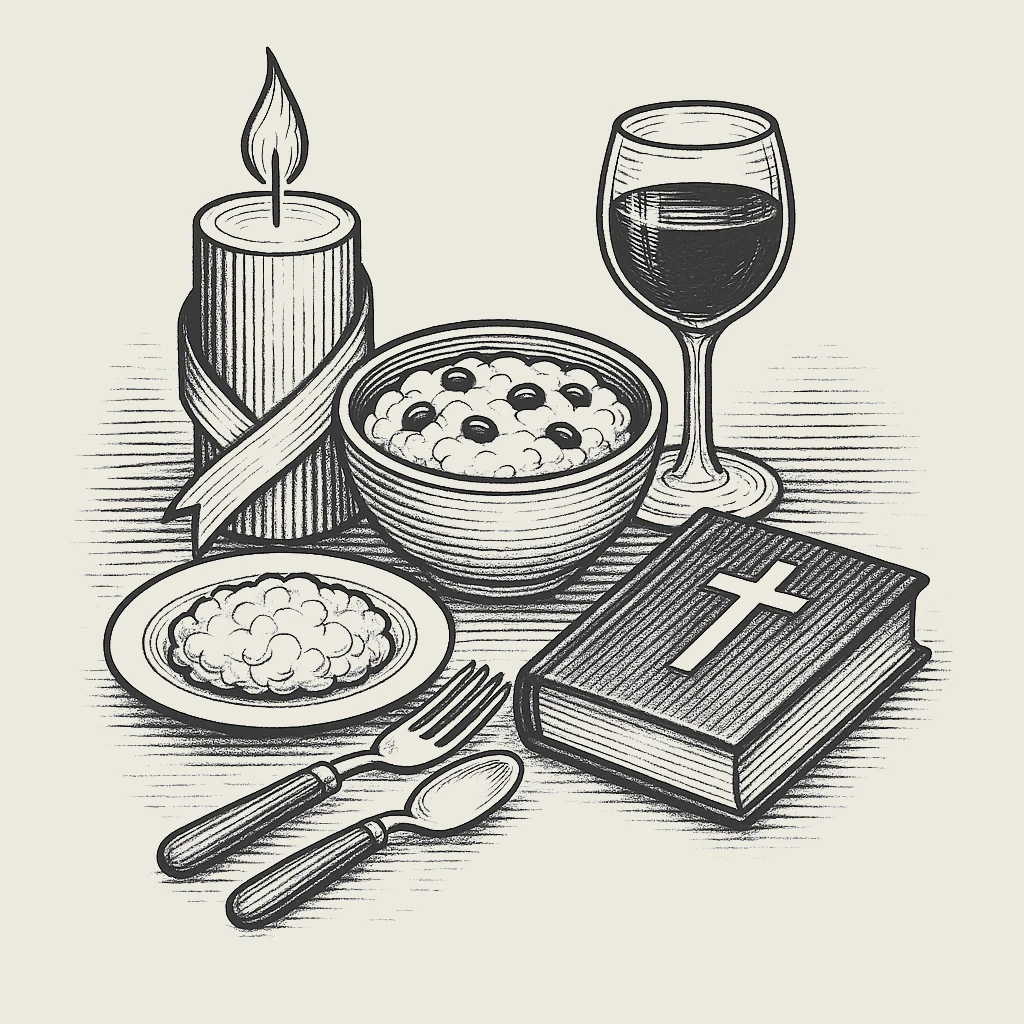Which Flowers Are Bought for Funerals: Rules of Selection
The Meaning of Flowers at Funerals
The tradition of bringing flowers to farewell ceremonies dates back to ancient times. Throughout history, plants have been used symbolically to accompany the soul of the deceased to the afterlife. Today, bouquets express a wide range of emotions—grief, respect, love, and gratitude. Choosing the right flowers is important not only for etiquette but also to reflect deep feelings toward the deceased.
Main Rules for Choosing Flowers
Which flowers are best for a funeral? Several factors should be considered: the person's gender, age, religion, and status. In Orthodox and Catholic traditions, it is customary to bring fresh bouquets, whereas in Islam and Judaism, this practice is discouraged. The colors of the plants and the number of flowers in the arrangement also play important roles. In Slavic traditions, only even numbers (2, 4, 6) are acceptable, although other cultures may not follow this rule.
Which Flowers Are Brought for Men
When bidding farewell to a man, special attention is given to restraint. Which flowers are best for a man's funeral? Often, these are carnations, roses, or deep-toned chrysanthemums. For a young man, strict arrangements with greenery elements are suitable. For an older man—solemn bouquets in rich shades. The plants should highlight masculinity, strength, and nobility. Whether saying goodbye to a father, brother, or husband, both horizontal and vertical bouquets are appropriate.
Which Flowers Are Brought for Women
When saying goodbye to a woman, people most often choose white, pink, lilac, or cream shades. For a mother, grandmother, or wife, bouquets filled with tenderness and light sorrow are selected. Young women are given fresh flowers in pastel tones—lilies, roses, callas. Older women are honored with chrysanthemums, carnations, or roses in deeper colors. It is important to consider both the aesthetic aspect and the symbolism of the arrangement.
Flowers for a Child
Saying goodbye to a child is a particularly delicate event that requires a sensitive approach. Typically, white flowers are chosen, symbolizing purity, innocence, and a bright memory. Forget-me-nots, violets, and small roses are commonly brought to children's funerals. The arrangements should be modest, with minimal decoration. Gentle shades help express inexpressible grief and compassion.
The Color Symbolism of Funeral Flowers
Each color in funeral floristry has a special meaning. White symbolizes purity and sincerity. Red stands for love and respect. Pink represents tenderness and gratitude. Yellow is associated with parting, blue with spiritual depth, and purple with eternal remembrance. When selecting arrangements, it is important to consider not only personal preference but also the overall meaning. Mixing more than three shades in one bouquet is not recommended—monochromatic options or soft combinations are preferred.
Religion and Traditions
The religious affiliation of the deceased plays an important role in deciding which flowers to bring to a funeral. In Christianity, fresh bouquets are an essential part of the ceremony. In Islamic tradition, flowers are generally not used. In Judaism, a neutral attitude prevails—bringing flowers is permitted but not encouraged. It is better to clarify the family's traditions in advance to avoid misunderstandings and show proper respect for the memory of the person.
How Many Flowers to Bring to a Funeral
The number of flowers in a bouquet can carry cultural and symbolic significance. In some countries, even numbers—from two to eight—are customary. In some regions of other countries, however, funeral bouquets contain an odd number of plants. Offering a single flower is also acceptable if it holds symbolic meaning. The most important thing is not the number but the message of respect conveyed through the plants.
How to Present Flowers Correctly
Tradition dictates that flowers for farewell ceremonies should not be wrapped. Paper and film must be removed before placing the bouquet into the casket or on its lid. Arrangements should be placed with the blossoms facing the deceased's head. After the ceremony, they are transferred to the grave. According to tradition, taking flowers home is strictly forbidden. Forty days after the funeral, the bouquet is removed, leaving symbolic plants on the grave.
Flowers for the Anniversary of Death and Memorial Services
On memorial days and anniversaries, it is customary to bring flowers to the grave again. Here, the choice can be more flexible—both fresh and artificial plants are appropriate. Especially valued are arrangements symbolizing eternal remembrance: rosemary, forget-me-nots, and lilies. It is important to remember that the bouquet should not be too bright or festive. Ribbons on wreaths or bouquets are usually black or red, with brief inscriptions of mourning.
Conclusion
When choosing flowers for a funeral, it is important to remember that this gesture is not a formality but an expression of deep feelings. How carefully you approach the matter will determine how respectfully and worthily the memory of the deceased is honored. By combining knowledge of traditions, symbolism, and personal memories, you can choose the plants that speak louder than words. May every bouquet be a sign of love, gratitude, and eternal remembrance.
Read also:




